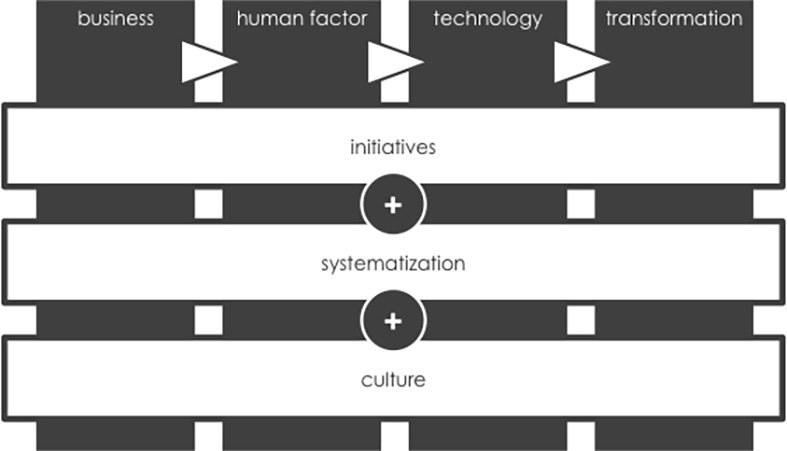Getting Ready for Digital Disruption
Digital disruption is all around us, and companies must prepare for it now. But are executives thinking about the issue strategically? Digital change is not about what the technology can do, but how and when it’s used in practice. The most disruptive businesses, such as SpaceX and Tesla, often rely on variations of older software and data, but are no less transformative for that. Disruption also comes from various directions and at different speeds. It can be incremental (building on technologies already in use), adjacent (transferred from another sector), or disruptive (overhauling all the established rules and practices). Either way, it cannot be ignored. Today’s taxi drivers, for example, may believe that they can see off the Uber challenge; but how will they respond when customers and regulators embrace autonomous vehicles?
Commoditising your knowledge
Consider the impact of artificial intelligence. Initially, AI threatens manual labour. But by commoditising knowledge AI will affect professionals at least as much. Indeed, this is already happening in the form of a simple Google search or a MOOC-course which can be accessed anywhere, anytime by anyone. A simple algorithm applied to big data can create new value in many hitherto exclusive white-collar professions. Some consulting firms are now uploading their know-how as part of new, freemium business models.
Even the software industry that creates these commoditised products can themselves be commoditised. source{d}, a Spanish start-up (co-founded by IE University alumni) analyses companies’ code and then suggests the best software engineering candidates. It will help developers create software more efficiently through a programming tool that can predict a developer’s next lines of code.
Companies, therefore, must rapidly find new ways to monetize their products and services. They must become more customer-centric, omni-channel, relationship based, millennial-friendly, data-driven, agile, flexible, leaner, transparent and trustworthy. But where to start?
Your digital action plan
Corporate leaders can approach this complex business challenge by considering four key business areas and applying three parallel streams of action across each of them (see diagram below).
Four areas for consideration:
- The business. Your starting point should be: how can digital transformation help the company achieve its strategic objectives.
- Human factors. Innovation and transformation depends on engaging key stakeholders. Identify their motivations and create appropriate incentives.
- Technology. Adopt technical solutions, processes, tools, metrics, etc. that support sustainable, not just short-term, transformation.
- Transformation. Identify actions that affect company culture, policies, compliance, processes, tools, etc., and prioritise them according to which are most manageable.
Three channels for change:
- Initiatives. These should meet day-to-day business expectations. Aim for early ‘quick wins’ to encourage key staff (especially those who pay the bills) to commit for the long-term.
- Systematisation. Reaching the long-term goal involves more than a series of well executed good ideas, but requires established processes that support a clearly-defined strategic plan.
- Organisational culture. Real change depends on shifting day-to-day individual behaviour, and is based upon their awareness, interest, concern and engagement in the process. This needs time and support.

Guiding principles for digital transformation:
- Learn the basics. Understand how digital principles and trends might affect your business, and then how it can help you achieve your strategic objectives. Include a digital section in your strategic plan. Remember, applications, solutions, processes and tools are there to serve your strategic objectives.
- Put customers first. Redesign change around your customers; you, not they, should be making the effort to change. Design thinking, lean practices and methodologies, specifically lean start-up and customer development, can help.
- Put strategists in charge. Digital transformation is not a job for IT, Innovation or Marketing divisions alone. They are enablers. Understand the motivations, needs and competences of your key staff, and ensure they have a stake in digital innovation.
- Don’t rush. Transforming company culture can take years. The ‘worst place to develop a new business model is from within your existing business model’ tweeted Clay Christensen. But since you probably won’t be able to change that, consider how far you can reasonably push your systems and people.